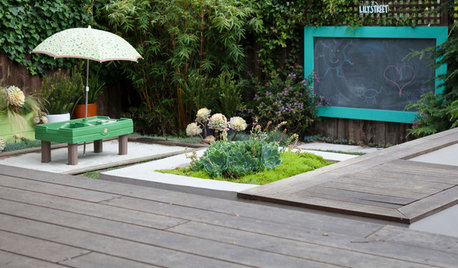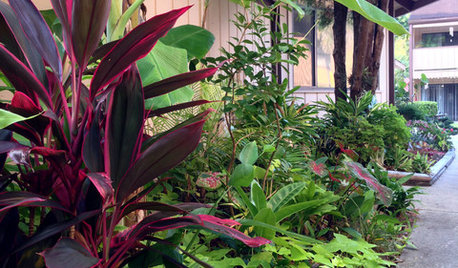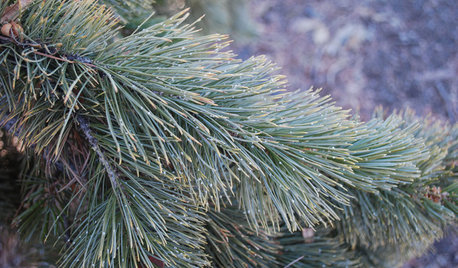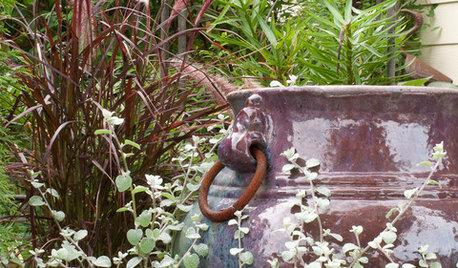a soil curiosity
pnbrown
10 years ago
Related Stories

KIDS’ SPACES15 Ideas for a Children’s Discovery Garden
Pique curiosity and encourage creativity by adding play features that appeal to kids’ imagination and senses
Full Story
DECORATING GUIDESImprove Your Style Fortune With Lucky Bamboo
Serve this versatile plant straight up or with a twist for auspicious living decor that thrives without soil
Full Story
GARDENING GUIDESA Mom, a Garden and a Gift for the Neighbors
Gardening can be therapeutic in unexpected ways. See how one gardener found peace and purpose in a patch of Florida soil
Full Story
GARDENING GUIDES10 Top Native Plants for the U.S. Southeast
For a low-maintenance and wildlife-friendly landscape, use Southern natives that withstand heat and humidity
Full Story
LANDSCAPE DESIGNThe Unparalleled Power of Trees
Discover the beauty and magic of trees, and why a landscape without them just isn't the same
Full Story
GARDENING GUIDESGreat Design Plant: Rocky Mountain Bristlecone Pine
Try this drought-tolerant small evergreen for its sculptural beauty and slow-growing nature
Full Story
DECORATING GUIDES16 Lounges Go Wild for Science at San Francisco's Exploratorium
See the imaginative designs concocted and let us know which style formula works best for you
Full Story
PLANTING IDEASGreat Garden Combo: Silver Sparkles Amid Purple and Blue Foliage
Get the look of this modern foundation planting by focusing on a restrained color palette with tasteful accents
Full Story
GARDENING GUIDES10 Easy Edibles for First-Time Gardeners
Focus on these beginner-friendly vegetables, herbs, beans and salad greens to start a home farm with little fuss
Full Story
BASEMENTSDesign Workshop: Is It Time to Let Basements Become Extinct?
Costly and often unnecessary, basements may become obsolete — if they aren’t already. Here are responses to every reason to keep them around
Full Story







nc_crn
nc_crn
Related Professionals
Forest Acres Landscape Architects & Landscape Designers · Franconia Landscape Architects & Landscape Designers · Port Royal Landscape Architects & Landscape Designers · Kahului Landscape Contractors · Long Branch Landscape Contractors · Northport Landscape Contractors · Red Oak Landscape Contractors · Tinton Falls Landscape Contractors · University City Landscape Contractors · Whittier Landscape Contractors · Markham Landscape Contractors · Fairfax Decks, Patios & Outdoor Enclosures · Fort Lee Decks, Patios & Outdoor Enclosures · Olathe Decks, Patios & Outdoor Enclosures · St John's Kirk Decks, Patios & Outdoor EnclosurespnbrownOriginal Author
pnbrownOriginal Author
TXEB
nil13
nil13
pnbrownOriginal Author
TXEB
pnbrownOriginal Author
toxcrusadr
nil13
pnbrownOriginal Author
TXEB
toxcrusadr
nil13
pnbrownOriginal Author